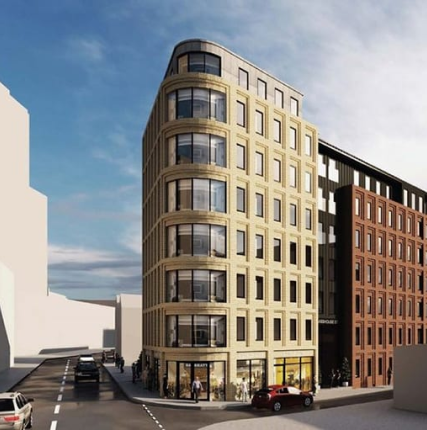One of the main targets of a sustainable design is to fully utilize the available natural resources. Since light is crucial for all human activities, as well as for human comfort, we are focused on optimizing the amount and the quality of natural daylight delivered to the premises. At AEE we perform a detailed computational modeling and simulation in order to optimize the building façade. Elements that we consider for optimization include:
- Glazing properties (VLT) – we can advise the optimized Visual Light Transmittance (VLT) of the glazing package based on the available and required levels of natural daylight.
- Façade shading – we assess various design options for shading devices and advise which design delivers optimal performance.
- Orientation – we assess and advise the implications of different building and façade orientations.
- Interior shading – depending on the daylight and solar targets of each project we advise the best selection of interior shading devices.
- Light shelves – we can assess the performance of light shelves and study the shape, size, orientation and material of various light shelf options and their impact on the indoor environment.
- Light wells – we analyze the effect and implications if light wells are incorporated in the design. AEE also advises the optimized location and size of light wells.
- Skylights and atria – these are common design features with significant impact on solar heat gains, daylight and indoor thermal comfort. Our detailed daylight analysis together with thermal modeling can optimize the design of atria and skylights and achieve optimal thermal and energy performance.
- Light tubes/pipes – our daylight and solar heat gains analysis together with interior lighting modeling allows us to quantify the performance of light tubes and light pipes and optimize their location and number.
It is crucial to also consider the direct correlation between available daylight and solar heat gains. This is why at AEE we perform solar radiation modeling in order to trade off between available daylight and solar heat gains. AEE provides advise on optimization of facade shading and glazing SHGC/g-value in order to optimize the control over solar heat gains.
Benefits
The benefits from daylight and solar façade optimization include:
- Energy Aspects – peak cooling load reduction and/or peak heating load reduction. This leads to reduced air-conditioning and heating energy consumption, and peak demand.
- Comfort Aspects – enhanced thermal comfort in the premises. Perimeter and/or skylight heat gains are better controlled and contribute to uniform temperature.
- Health Aspects – we achieve enhanced indoor environment comfort and occupants health by evaluating and controlling the glare and optimizing the daylight factor. While prolonged exposure to artificial lighting causes negative health effects, daylight improves occupants’ well-being.
- Energy Aspects – increased amount of daylight provided in the premises allows for reduced artificial lighting usage and improved energy efficiency. For this design appropriate daylight controls and dimmable control gear must be installed.
